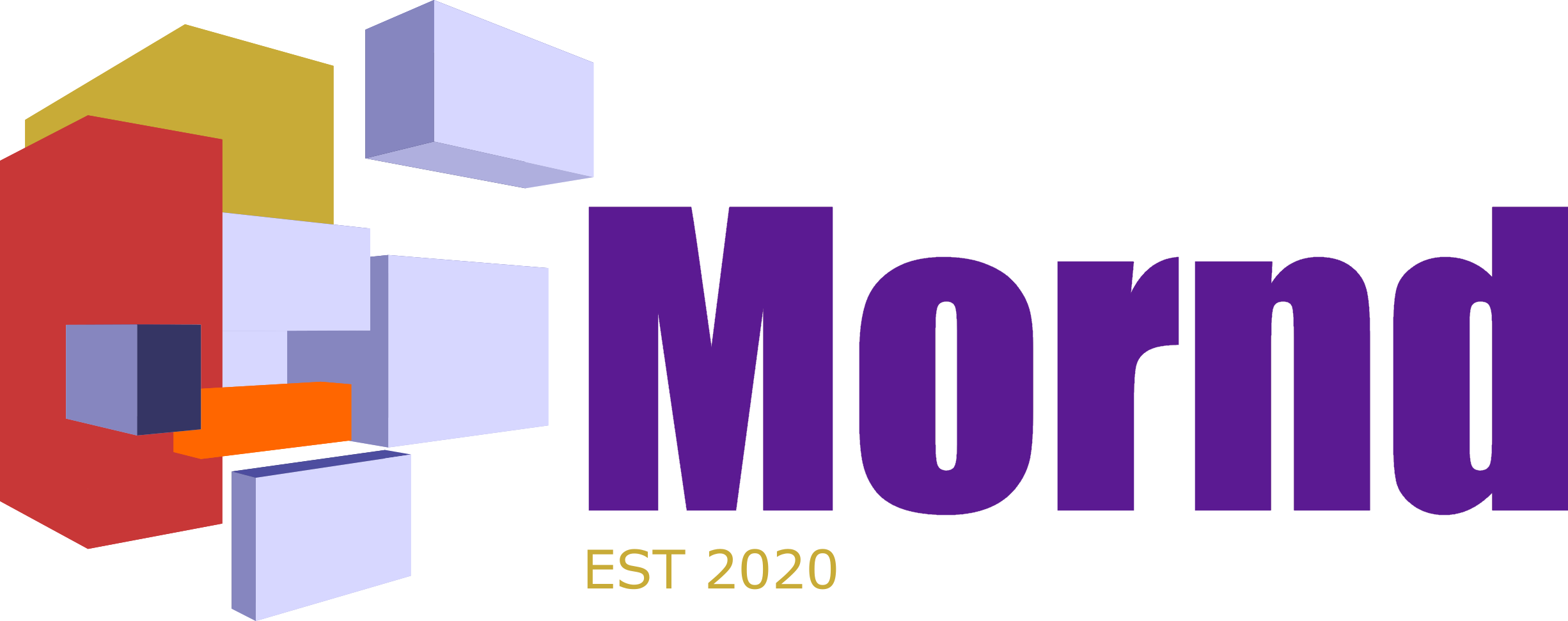Introduction:
The outbreak of the novel coronavirus disease (COVID-19) in late 2019 has brought the world to a standstill, highlighting the inextricable link between health and life sciences. This article aims to explore the significance of health and life sciences in understanding, preventing, and combating global health challenges, with a specific focus on COVID-19.
Overview of Health and Life Sciences:
Health and life sciences encompass various fields such as medicine, biology, epidemiology, genetics, and pharmacology, all dedicated to improving human health and understanding life processes. The interplay between these disciplines is crucial in addressing the complexities posed by emerging diseases, such as COVID-19, and devising effective prevention strategies, diagnostics, therapeutics, and vaccines.
COVID-19: An Emerging Challenge:
The rapid emergence and global spread of COVID-19 have posed unprecedented challenges to public health systems worldwide. Life scientists, virologists, immunologists, and epidemiologists have been at the forefront in deciphering the nature of the virus, understanding its transmission dynamics, and developing mitigation measures. Their collaborative efforts have provided essential insights into the viral structure, pathogenesis, and potential targets for intervention.
Understanding the Virus:
Health and life sciences have played a pivotal role in unraveling the mysteries surrounding COVID-19. Through genomic sequencing, researchers have identified severe acute respiratory syndrome coronavirus 2 (SARS-CoV-2) as the causative agent. Studying the viral genome has facilitated the identification of specific gene regions, aiding the design of accurate diagnostic tests. Additionally, investigating the viral proteins has revealed potential drug targets, paving the way for the development of antiviral therapeutics.
Epidemiology and Surveillance:
Applying epidemiological principles, scientists have investigated the transmission dynamics of COVID-19. Real-time monitoring and surveillance systems have allowed them to track the spread of the virus, identify vulnerable populations, and assess the efficacy of control measures. Epidemiological models have played a key role in predicting disease trajectory, aiding policymakers in making informed decisions regarding lockdowns, social distancing, and targeted interventions.
Vaccine Development:
Health and life sciences have been at the forefront of vaccine development against COVID-19. Scientists have utilized their knowledge of immunology to identify potential vaccine candidates, leveraging various platforms such as mRNA, vector-based, and protein subunit vaccines. From preclinical trials to large-scale phase III trials, the collaboration between health and life sciences has accelerated the vaccine development process, leading to the approval and distribution of safe and effective vaccines, offering immense hope for controlling the pandemic.
Public Health Interventions:
Drawing upon the interdisciplinary nature of health and life sciences, experts have advised on crucial public health interventions to curb the spread of COVID-19. These interventions include contact tracing, quarantine measures, mask-wearing, and public health campaigns promoting hygiene practices. Furthermore, health communication and behavioral sciences have been instrumental in disseminating accurate information to the public, combating misinformation, and encouraging adherence to preventive measures.
Challenges and Future Directions:
Despite significant progress, the COVID-19 pandemic has shed light on the existing gaps and challenges within health and life sciences. Global collaboration, strengthening healthcare infrastructure, and investing in research and development are crucial to address these challenges effectively. Furthermore, harnessing emerging technologies, such as artificial intelligence and big data analytics, holds immense potential in enhancing disease surveillance, early detection, and personalized medicine.
Conclusion:
The COVID-19 pandemic has underscored the critical role of health and life sciences in understanding, preventing, and combating global health challenges. The multidisciplinary nature of these fields has enabled rapid advancements in the diagnosis, treatment, and prevention of COVID-19. As the world continues to grapple with this unprecedented crisis, the integration of health and life sciences will remain indispensable in shaping the future of global health.






